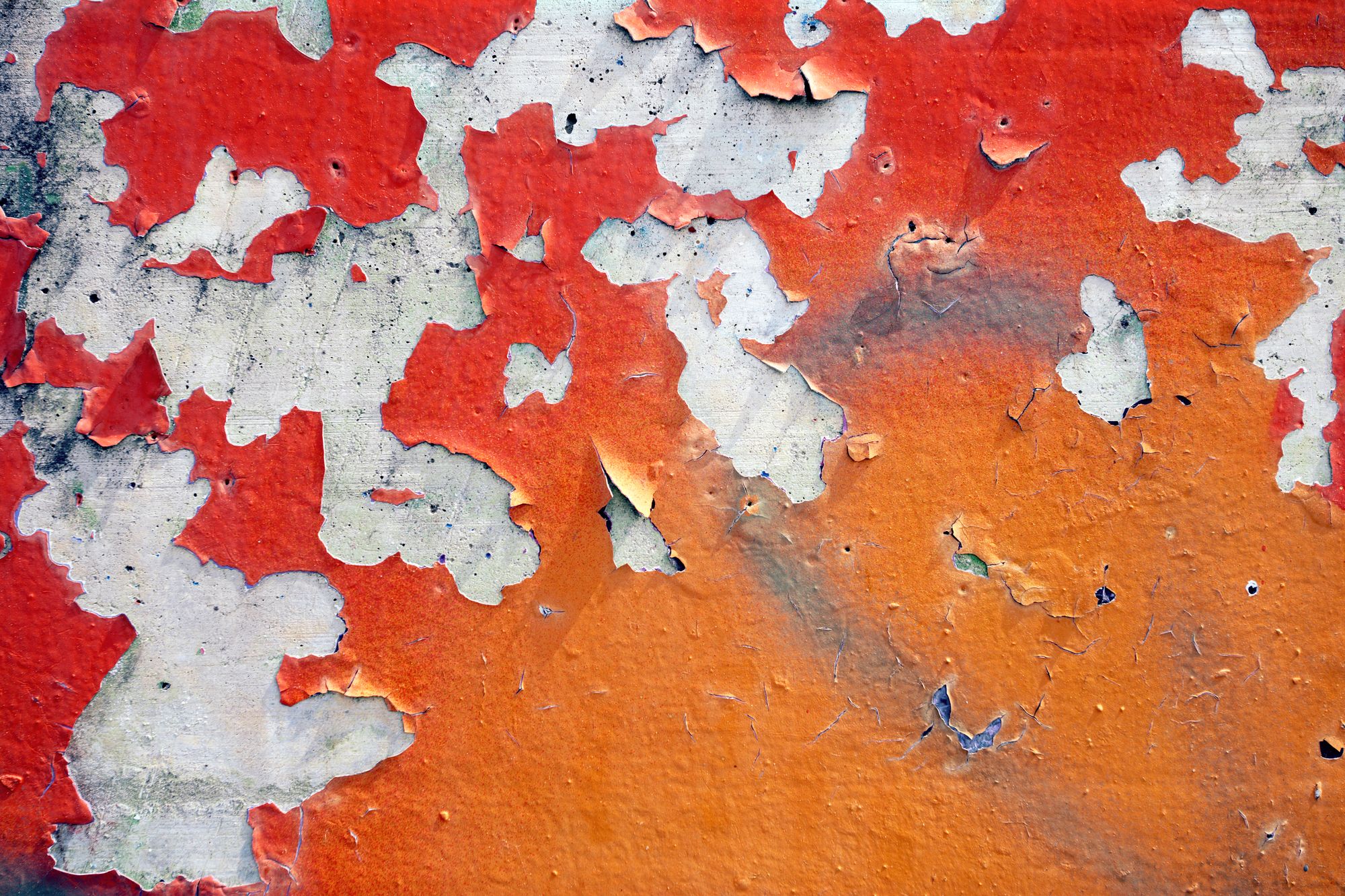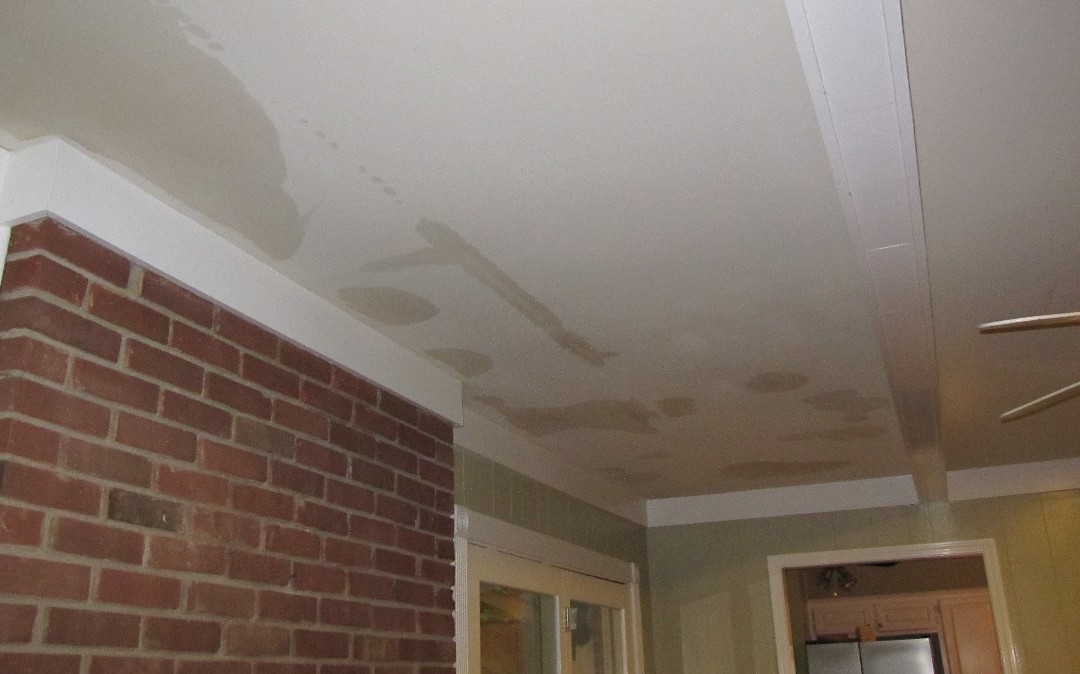Identify and Repair Stains from Water Expertly
Identify and Repair Stains from Water Expertly
Blog Article
In this article down the page you will find additional professional resources with regards to How to Find and Repair Water Leaking in the Wall.

Water discolorations on wall surfaces are not enjoyable to the eyes. Your home should be without discolorations on the walls, roof, or floors. That is the perfect state of a home and its structures. Yet, often it seems almost inevitable to experience water spots on walls in homes.
Property owners living in moist areas frequently handle the worry of water stains on wall surfaces. Yet that does not need to be the case for you. With well-shaped and also exact information on the root causes of water discolorations and prompt repair work procedures, you will certainly constantly be an action ahead of such events. This post promises to be a practical overview for you.
3 Typical Causes of Water Spots on Walls
Unlike popular belief, water spots on walls do not always originate from inadequate building materials. There are numerous causes of water discolorations on wall surfaces. These include:
Damp
When hot moist air meets completely dry cold air, it creates water droplets to base on the walls of structures. This takes place in kitchens and bathrooms when there is vapor from cooking or showers. The water beads can discolor the surrounding walls in these parts of your home and also spread to other locations.
Damp or condensation affects the roof and walls of structures. This creates them to appear darker than other areas of the residence. When the wall is wet, it develops an appropriate setting for the growth of fungis as well as germs. These may have damaging effects on health and wellness, such as allergies and also breathing problems.
Poor Drainage
This will certainly protect against water from leaking right into the walls. This links to excessive wetness that you see on the walls of your structure.
So, the leading root cause of damp wall surfaces, in this situation, can be an inadequate drainage system. It can additionally be because of inadequate administration of sewage pipes that go through the building.
Pipe Leaks
The majority of residences have a network of water pipes within the wall surfaces. It constantly boosts the practicality of such pipes, as there is little oxygen within the walls.
A drawback to this is that water leak impacts the walls of the structure and triggers widespread damage. An indication of damaged pipelines is the look of a water discolor on the wall.
Pro Tip
A houseplant in your house additionally enhances its humidity. So, if your house is already moist, you might intend to present houseplants with very little transpiration. An example of ideal houseplants is succulents.
Water Discolorations on Wall: Repair Work Tips
Homeowners would usually desire a quick fix when taking care of water spots. Yet, they would quickly understand this is detrimental as the water discolorations persist. So, below are a few helpful pointers that will assist you in the repair work of water discolorations on walls:
Final thought
Although no person wants to have water stains on walls in their residence, it can occur to the best people. This article gives you utilize, as you now know just how to handle this problem if it does happen.
It is always best to hire professional services to help take care of the damages in your house.
In some cases it appears practically unpreventable to experience water spots on walls in residences.
In contrast to prominent belief, water stains on walls do not constantly stem from poor structure products. There are several reasons of water stains on wall surfaces. The water droplets can discolor the bordering wall surfaces in these components of your house as well as spread to other areas.
Here are a few valuable pointers that will certainly lead you in the repair of water stains on walls:
CHECKING FOR WATER DAMAGE
Water damage can be costly, and it may begin before you even notice the first signs of trouble. Water damage can cause mold and mildew in your walls and floors, which can create an abundance of health concerns for your family. It can also lead to costly repairs of various appliances and general home fixtures. To avoid the pricey consequences of water damage, here are Warner Service’s top 5 places you should check:
The walls – The easiest place to spot the beginnings of water damage is on the walls and ceilings of your home. If water damage is present, there will most likely be water stains, especially around the windows and doorframes, and/or cracks in the drywall. If a stain looks unusual (discolored to brown, black or gray, raised texture), has a swollen appearance or is soft to the touch, contact a professional immediately. The pipes – To avoid water damage, consistently check the pipes in your kitchen (especially the dishwasher and ice maker), bathrooms, laundry room (specifically washing machines) and basement for corrosion, leaks and water stains. Pay special attention to where the pipes connect in your home and the location of caulking around the bathroom fixtures, including toilets, sinks, showers and tubs. Missing or loose caulking and grout could be signs of leaking water. This seepage can also quickly cause mold and rust, so double check your water heater and tank for wet spots on the floor. The floor – Water damage is very easy to spot on the floor. Look for any warping or buckling of the material, especially in the basement. If your home has wood flooring, look for bright white or dark stains. If your home has carpeting, keep it dry and clean. A damp carpet that smells of mold could cause water damage and health problems. To avoid this, consider installing floor pans under your appliances to help prevent damages from small, slow and undetected leaks. The basement and attic – If your basement or attic smells odd check for mold and mildew around the area, especially the valley where the roof meets. While you are inspecting those areas, check for wall cracks, floor stains, rust and dampness in the insulation. If you live in a colder and/or rainier climate, perform routine checks for water damage from melting snow or ice and rain. The exterior – Check the roof for damaged flashing and missing, cracked or curled shingles. There should also be no standing water anywhere outside your home. This could be caused by puddles, leaky rain gutters or hoses, poor drainage, or short gutter spouts. Invest in a sump pump system or water flow monitoring system, and perform routine maintenance on these outdoor appliances to avoid indoor water damage.

Do you like reading about Water Stains on Walls? Create a review further down. We will be interested to listen to your views about this content. We are looking forward that you visit us again in the near future. Loved our posting? Please share it. Help somebody else check it out. Thanks so much for taking the time to read it.
Book Inspection Report this page